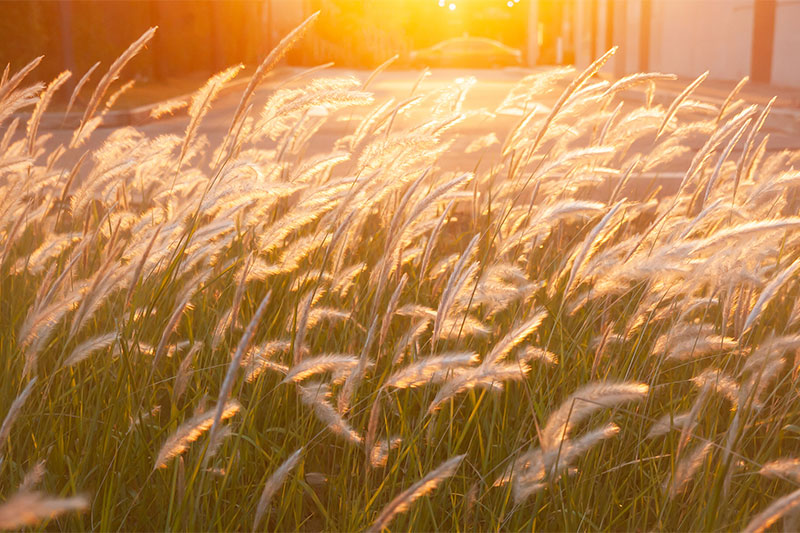
You want to take pride in your lawn even if you are not the one who has a green thumb. You want to ensure that your grass is cut regularly, remove dead grass, and kill off weeds. Another benefit of increasing your curb appeal is increasing your property value. It does not matter whether you are moving or not, as it does affect the prices of other homes in your area. Therefore, you reap many benefits from keeping your grass clean and keeping your lawn in good shape. You also want to ensure that you remove weeds because they take up the nutrients that your grass, bushes, and trees need to grow. However, you also need to know what type of grass is growing in your yard because you could be allowing a harmful type of grass to grow there without you knowing.
Did You Know That Invasive Plants Can Cause Serious Damage?
You may have invasive plants and not know it. You may end up with grass where the seeds imported from Asia ruin your lawn and can be dangerous to you. For example, wild parsnip is one type of plant not native to the US but in many states, and it can cause threats to the US ecosystem. Additionally, it contains a sap that can cause burns on your skin when mixed with sunlight.
There is another non-native plant that spreads like wildfire. It is known as garlic mustard. It is not toxic to the touch, but it releases toxins that can kill nearby fungi, and this plant is a nuisance. And you will want to kill these plants if you see them because they cause more trouble and disrupt the ecosystem. There is one type of plant, however, that you will want to kill as soon as you see it.
You Will Want To Destroy Cogongrass

What is cogongrass? It appears like a plant as it has long green stalks, and at the end there, it has white and fluffy fibers, which makes it have a similar appearance to specific grasses such as Timothy grass. Cogongrass is invasive, and it is actually not even a plant as it is a toxic weed. It is the worst foe that you will find in the US, even more so than garlic mustard and wild parsnip.
Cogongrass was by accident imported in 1912 to Lousiana as it is native to East Africa. And according to the U.S. Department of Agriculture (USDA) National Invasive Species Information Center, the Plant Protection Act deemed cogongrass as a Federal Noxious Weed because it crowds other plants.
The grass was imported because it was used as packing material to keep fragile items safe, as it was not known that it would turn into a serious threat. At one time, it was also believed that this grass could be used for grazing animals and forage crops. Livestock does not eat it, and if they try, they struggle to digest it.
In addition to that, when the tips of the cogongrass die, the blades stick around. Because the grass can become hot, it increases flammability. Therefore, that puts your property and yourself at risk if you have this weed in your area.
The problem is that the cogongrass keeps spreading, and there is no way to stop it entirely. The rhizomes are the culprit, and wind will also blow the seeds around, and people may have seeds and do not know it, and vehicles can spread them around. The issue is that even if there is a fire, the cogongrass will recover fast.
If you see cogongrass in your yard, you will need to call the professionals to kill it because you will not be able to do it yourself. But be sure to keep an eye on it so it can be taken care of right away.


